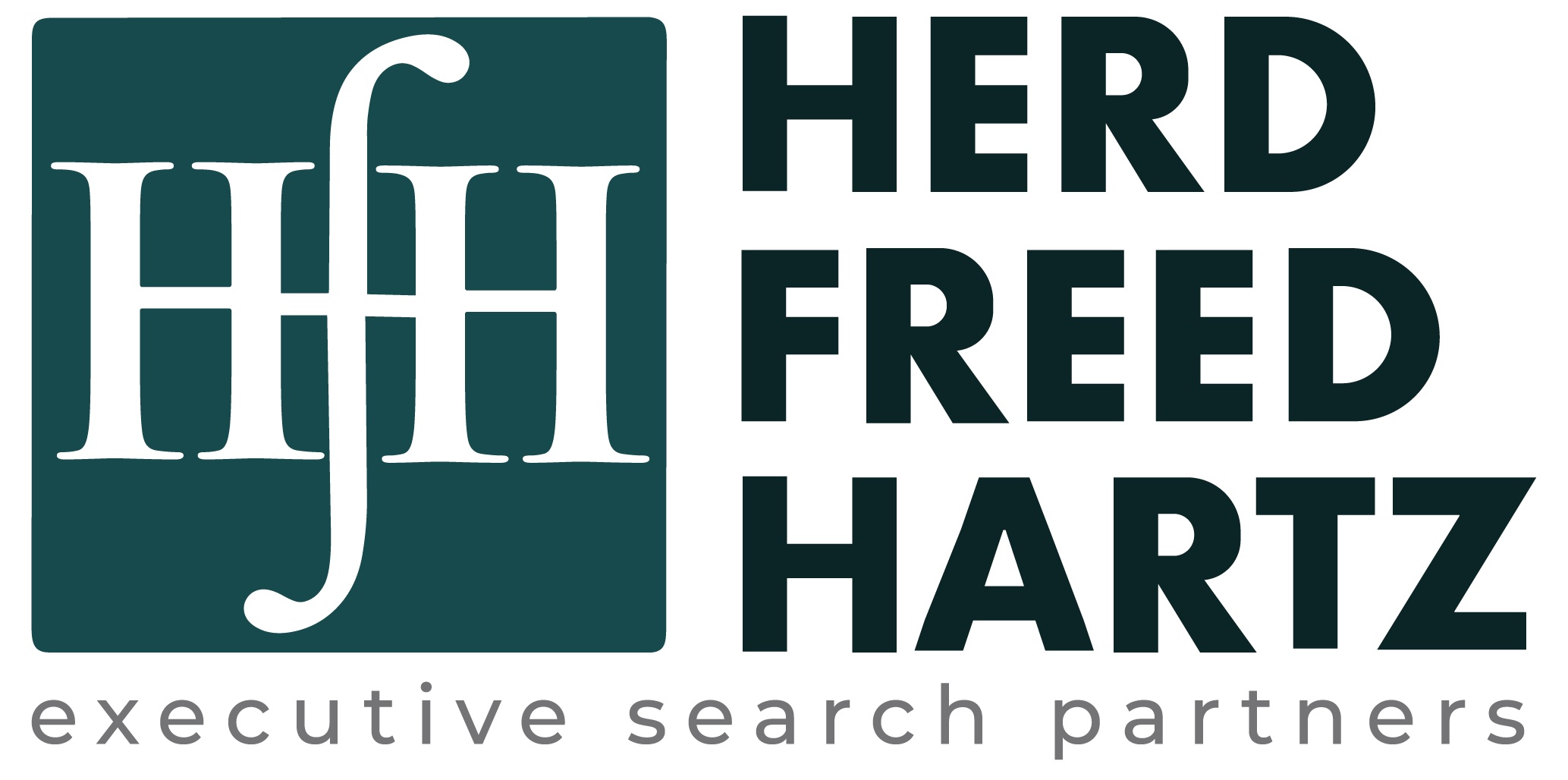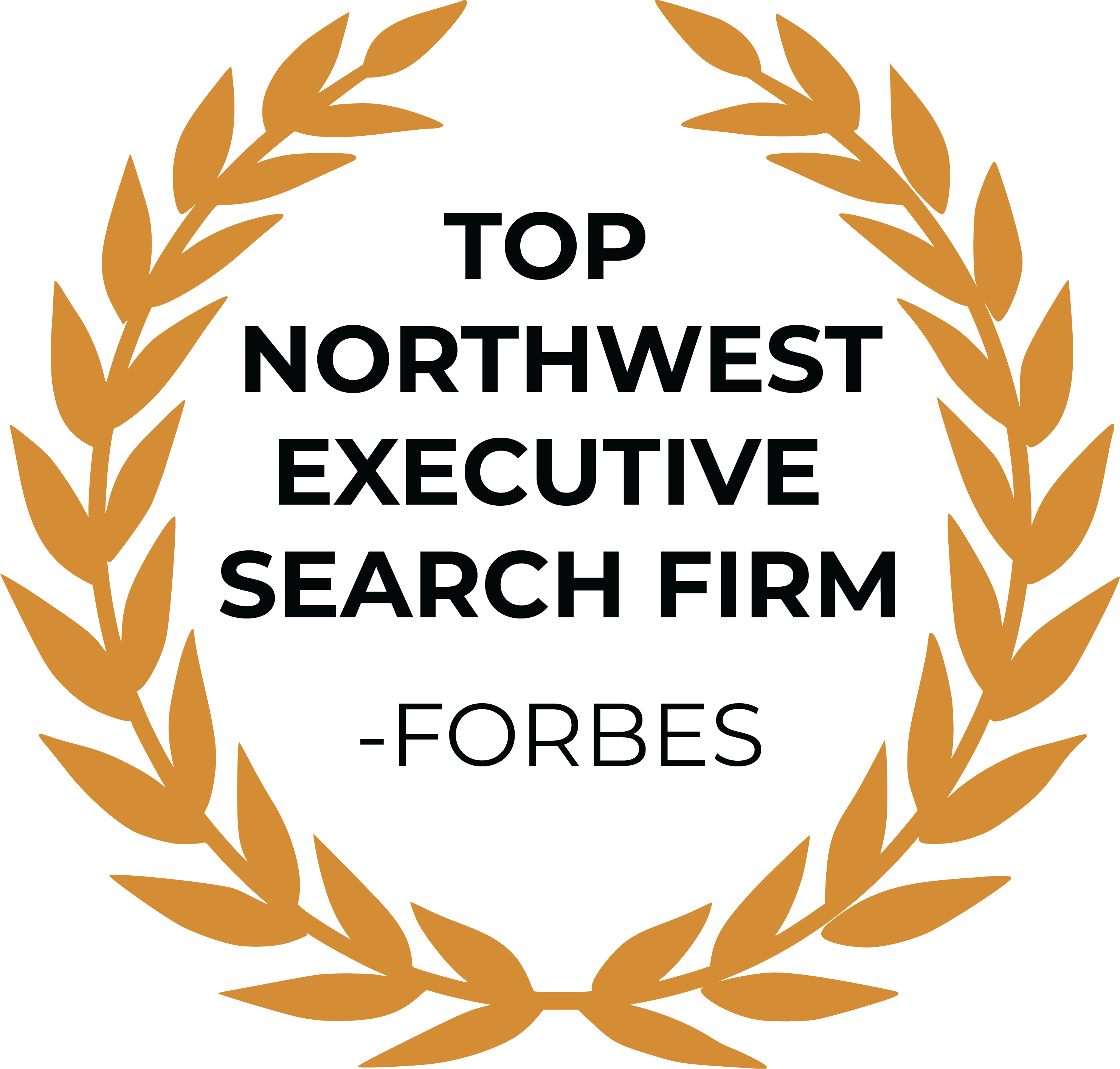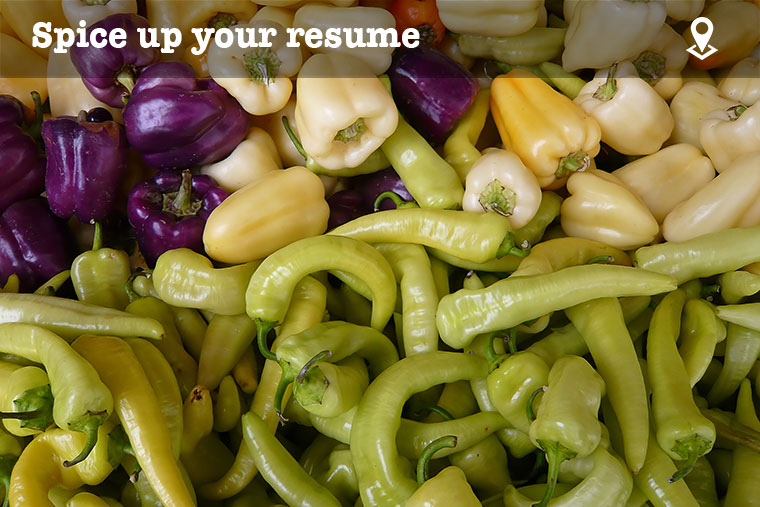Add Personality to Your Resume
“Don’t include anything personal on your resume.” This advice has been floating around for years, and I speak from two decades of experience that it’s flat out wrong.
Hiring managers really like seeing some personality and insight beyond the skills list. I’ve seen many examples of how resume personality was the difference maker between equally qualified candidates.
If you’re at a party and meeting someone new, you try to find something in common to talk about. It doesn’t matter if this shared connection is BBQ, photography, skiing, favorite bands, books, or travel, it draws you closer and makes you like them more.
Think about it. Someone is going to choose who they want to sit with everyday for potentially the next few years! If personality affects who you’ll spend five minutes with at a party, certainly it can make a difference in the hiring process as well.
Here are four practical ways to spice up your resume and hook the hiring manager, all while staying professional.
1. Incorporate the company culture
Many companies state they “hire for culture first,” and they want to find a good mutual fit. You can typically find company values listed on their website. Integrate these terms into your resume as appropriate.
If a company values collaboration, use that term a few times in telling your employment history. If a company values authenticity, list an example of a project that failed and what you learned from it.
2. Research the company team
Use LinkedIn to find people who would work on the same team as you. Look at their backgrounds, interests, hobbies, and volunteer work. If you see something in common, consider adding it to your resume, or join similar LinkedIn groups. Facebook can be good for this as well.
The art of interviewing involves bringing up these topics in a natural way. Talk about things you are excited about, or things you did last weekend, and they can respond, “Wow, I’m also into ____.”
3. Add an Interests/Activities/Volunteer section
At the bottom of your resume, include a section for interests, activities, and volunteer work. Keep it brief—three to five bullet points or lines—but keep it in there.
Think about things that give you energy and joy outside of work. When you talk with friends on the weekend – what do you love talking about and your face lights up with excitement? It can be hobbies, sports, volunteer work, recent books read, and special random skills. Here’s a chance to show off your random skills and what you are passionate about. They don’t need to relate to the job at all – just be yourself.
What not to list: anything overly political or bitter, or anything that could be perceived as hurtful. Use common sense.
What if that “offends” a hiring manager? Well, you are looking for a long-term fit. I believe it’s better to get it on the table and find out early, rather than after you take a job.
4. Write in your voice and show a sense of humor
A resume should be professional, but it doesn’t have to be dry—especially after you’ve listed your work history.
In fact, I like it when a resume makes me smile, as if you were sitting across the table. How you say something can be as important as what you say. Think of the top part of your resume as the business section, and use the tail end to show that you are fun, interesting, and not stuff.
For example, you could list your interests as: Enjoy BBQ, running, reading and classic cars. Better than nothing. But it lacks emotion or personal passion. You wouldn’t talk that way when describing your weekend to a friend.
Instead, use a natural voice in the tone. Add details to make it more interesting, and sprinkle in your unique sense of humor. For example, instead of “Enjoy BBQ, running, reading and classic cars,” you could say something like:
Award winning BBQ rib recipe; completed 2019 Seattle Marathon in 3:45; top two favorite books read this year are The Power of Habit (Charles Duhigg) and Extreme Ownership (Joko Willink); look forward to cruising in my restored 1964 Corvette Stingray this summer.
Which version did you find more engaging? Can you see how the latter might lead a hiring manager to ask you a follow-up question and engage in some conversation? Be prepared to share a quick story or lesson learned from these examples. If you do this section right, you’ll likely get asked about it, and your answer can help you stand out from the pack.
For more helpful job search tips: Ultimate Job Search Guide: Recruiter Insider Tips


